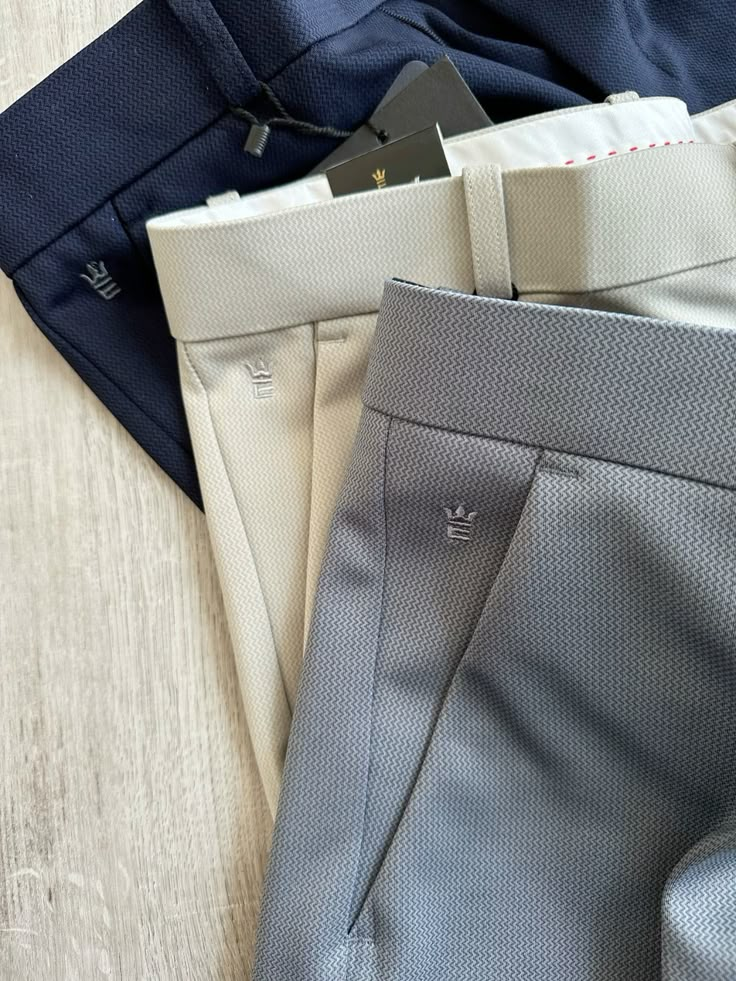
How to Dress for Hot or Cold Weather
Table of Contents
- Understanding Weather-Appropriate Clothing
- How to Dress for Hot Weather
- How to Dress for Cold Weather
- Layering Techniques for Extreme Temperatures
- Choosing the Right Fabrics for Comfort
- Footwear and Accessories for Different Climates
- Common Mistakes to Avoid
- Staying Stylish While Staying Comfortable
Understanding Weather-Appropriate Clothing
Dressing for extreme temperatures isn’t just about comfort—it’s about safety. Whether you’re battling scorching heat or freezing cold, the right clothing can make all the difference. This guide covers everything from fabric choices to layering techniques, ensuring you stay protected in any climate.
How to Dress for Hot Weather
Hot weather demands breathable, lightweight fabrics that wick moisture. Opt for loose-fitting clothes in light colors to reflect sunlight. Cotton, linen, and moisture-wicking synthetics are ideal. A wide-brimmed hat and UV-protective sunglasses help shield you from the sun.
How to Dress for Cold Weather
Layering is key in cold climates. Start with a moisture-wicking base layer, add an insulating middle layer (like fleece or wool), and finish with a windproof and waterproof outer shell. Don’t forget thermal socks, gloves, and a warm hat to prevent heat loss.
Layering Techniques for Extreme Temperatures
Layering effectively traps heat while allowing flexibility. The three-layer system (base, insulation, shell) works best. Adjust layers based on activity level—remove a layer if you’re overheating, or add one if temperatures drop suddenly.
Choosing the Right Fabrics for Comfort
Natural fibers like cotton and wool are great for temperature regulation. Synthetic fabrics like polyester and nylon excel in moisture-wicking and quick drying. Avoid heavy fabrics in heat and non-breathable materials in cold, as they can cause discomfort.
Footwear and Accessories for Different Climates
In hot weather, choose open-toed sandals or breathable sneakers. For cold climates, insulated, waterproof boots are essential. Accessories like scarves, gloves, and thermal socks add extra protection against extreme temperatures.
Common Mistakes to Avoid
Wearing dark colors in hot weather absorbs heat. Over-layering in cold weather can lead to sweating, which cools the body. Ignoring UV protection or wind resistance can also lead to discomfort or health risks.
Staying Stylish While Staying Comfortable
Weather-appropriate dressing doesn’t mean sacrificing style. Neutral layers, tailored fits, and functional yet fashionable outerwear keep you looking good while staying protected. Opt for versatile pieces that transition well between seasons.